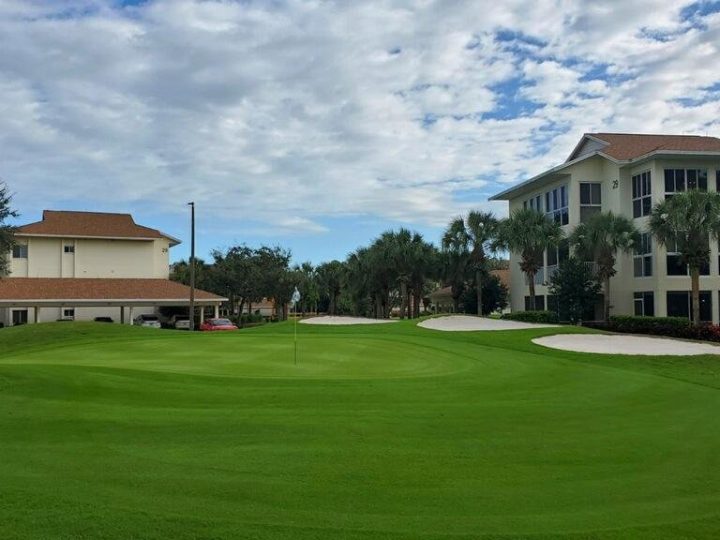The food and beverage is a category that has members with the most variety of tastes. The modern members are looking for much healthier choices, exotic spirits and cocktails, menu labeling transparency, and much more. The changing trends make food & beverage (F&B) a challenging genre.
There are tons of factors that influence the trends and challenges of F&B with playing a role. So here we take a deeper look at the trends and challenges in the food and beverage industry.

Challenges of Food and Beverage
Before we get into the trends of F&B, exploring the food and beverage industry’s challenges is crucial. The following are the challenges faced.
- Great Demand, Shortage of Staff: One of the most extraordinary challenges faced by F&B in modern times is not dependent on the varied likes and dislikes of the people. The primary challenge is that the current staff or labor shortage can not meet the growing demands.
“We’re facing more demand and a massive labor shortage,” said Frank Copeland, CCM, executive chef at Wexford in Hilton Head. S.C. He further elaborated that he faced a shortage of swooping 30% compared to the optimum levels. Amidst the reopening of many golf and country clubs in 2022, it is not a good time to have these levels of shortage as more and more are starting to come to clubs and restaurants, he said. Still, because the job is demanding and labor-intensive, the labor shortage is a solid challenge to the food and beverage industry.
Cooking and providing food for an entire banquet of people is not that difficult compared to offering the full menu. You can provide the whole banquet with food through a buffet or by providing two or three dishes.
Frank has also stated that almost 80% of the revenue in F&B comes from Fine-Dine, be it traditional dining or take-out, irrespective of which is popular. Since a vast population of people still like the indoor dining experience, which keeps him on his feet about what people order regularly. Due to the labor shortage, it is common for many kitchens to have about half of the staff they had previously. - Take Out & More Casual Vibe: As food choices have become global and eclectic, the food and beverages sector has been ever-changing and become very intriguing. John Csukor, Director of Culinary, North America, for Entegra Procurement Services, talks about the variety of trends in this sector. He said that small gatherings and meetings have become more common than large events post-pandemic. He noted that people now prefer to engage socially on a small scale, like with close friends and family. John further added that he noticed the people’s creativity in large gatherings like weddings. Nowadays, people arrange an outdoor wedding with different food options like a food truck compared to traditional sit-down dining. This aspect adds a casual vibe to the entire event and offers an exciting variety of food and beverages while providing guests plenty of space for their personal comfort of a larger event.
However, take-outs will remain vibrant. The take-out charges pose a formidable challenge to the clubs and fine-dine restaurants. For instance, the chef must wait for about 20 minutes before tasting the food prepared for the take-outs. This way, they get an idea about the taste of food experienced by the customer. John stated that packing is one of the most critical factors for take-outs, and people should avoid the use of plastic containers. There are other eco-friendly options to go to for packaging. Although these packaging options cost more than plastic containers, the club members should be willing to accept and appreciate the initiative. - Cost Cutting: Cost-cutting is one of the most vital parts of the Fine-Dine. Cost-cutting helps increase the profit of the F&B. A straightforward way to do so is by completing the preparatory process of mood making during the off-hours, John added. Consider the areas with cheaper electricity, quiet surroundings, and a relaxed work atmosphere for clubs to attract more workers.
- Experimenting with Meals: People usually find the food prepared in different and unique ways very fascinating. Experimenting with meals gives a fresh and unique taste to the dish, making it the unique selling point of the club. The experimentation process can be very challenging as it is pretty tricky to come up with a new dish.
Top Trends in Food And Beverage
Ed Doyle, President RealFood Hospitality, Strategy, and Design, shared the following trends to strengthen your club’s F&B operations. He said that the clubs must be fluid, responsive, and agile when it comes to which food and beverage trends to adopt.
- Packaging for Take-Out: The food packaging should be sustainable, portable, and keep the food hot for a long time. The packaging should also have the branding of your establishment. The packaging can be high-end and unique or eco-friendly and interesting. One step further to consider are branded high-quality bags to put take-out containers into for multiple meals in one takeout order.

- Use of Technology: Incorporating the new and cutting edge technology into F&B operations can be elemental. Doyle emphasized that technology should be used in back-of-the-house and front-of-the-house operations, ranging from take-out lockers to self-service kiosks. With the issue of shortage of staff, self-service implementations in the clubhouse or restaurant will provide a smoother experience for the customer and some relief to the staff’s workload.
- Multi-Stream Revenues: Diversification of the menu offered by an F&B joint is one of the best ways to attract more people. With the addition of on-course, dining rooms, meal kits, etc., the clubs can create multi-stream revenues and strengthen their F&B.
- Utilization of Outdoor Space: You can utilize the open area of your property for building a beautiful, all-weather, and affordable venue for hosting events. This type of arrangement is gaining immense popularity and can help in improving your business.
- Mobile Food and Beverages Spaces: Since walk-up windows, food trucks, and coffee carts are so popular among the people, adding them to your F&B operations can widen the horizons of your club. By using this trend, the restaurant can cater to more people simultaneously.
- Region or Provenance: Building a story about your club around the region or provenance in which food is grown and produced is essential. The clubs can also influence the community by sourcing supplies from local vendors.
- Plant-Based and Healthy Food Items: With more and more people shifting to healthier ways of life, the demand for plant-based and healthy food items has grown exponentially. Adding options like non-alcoholic beverages, meat-alternative menu items, superfoods, etc., to the club’s menu can expand and strengthen its F&B customer base.
- Labeling of Ingredients: Another fascinating trend in the food and beverage industry is labeling ingredients on the menu. This trend helps people with allergies or intolerance to specific food components refrain from ordering the specified ingredient.
If you are seeking guidance to strengthen your club’s F&B operations, we recommend you consider each of the factors discussed above. At DTE Golf®, our services extend to beyond the golf course and into the clubhouse operations. Contact us today for F&B operations partnerships.
